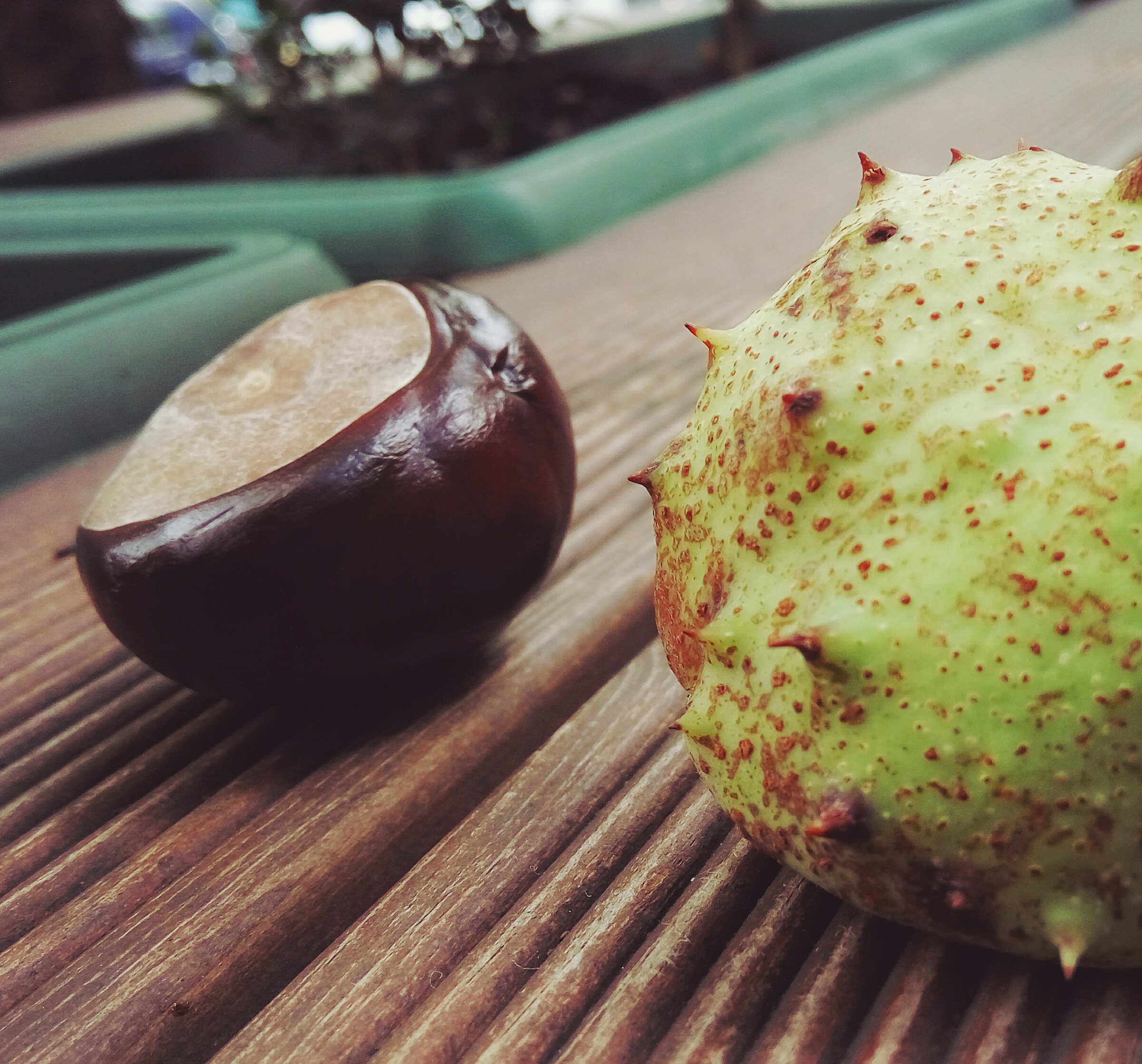
"Aesculus hippocastanum is a species of flowering plant in the soapberry and lychee family Sapindaceae. It is a large deciduous, synoecious (hermaphroditic-flowered) tree, commonly known as horse-chestnut or conker tree.
The common name "horse-chestnut" (often unhyphenated) is reported as having originated from the erroneous belief that the tree was a kind of chestnut (though in fact only distantly related), together with the observation that the fruit could help panting horses.
Aesculus hippocastanum is native to a small area in the Pindus Mountains mixed forests and Balkan mixed forests of South East Europe.[6] However, it can be found in many parts of Europe as far north as Gästrikland in Sweden, as well as in many parks and cities in the United States and Canada.
The seed extract standardized to around 20 percent aescin (escin) is used for its venotonic effect, vascular protection, anti-inflammatory and free radical scavenging properties.[15][16] Primary indication is chronic venous insufficiency.[16][17] A recent Cochrane Review found the evidence suggests that Horse Chestnut Seed Extract is an efficacious and safe short-term treatment for chronic venous insufficiency, but definitive randomized controlled trials are required to confirm the efficacy.[18]
Aescin reduces fluid leaks to surrounding tissue by reducing both the number and size of membrane pores in the veins."
Hi! I am a robot. I just upvoted you! I found similar content that readers might be interested in:
https://en.wikipedia.org/wiki/Aesculus_hippocastanum
Downvoting a post can decrease pending rewards and make it less visible. Common reasons:
Submit